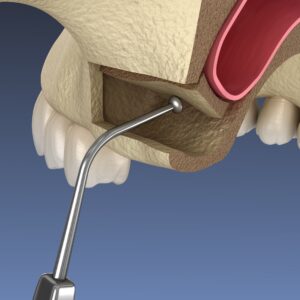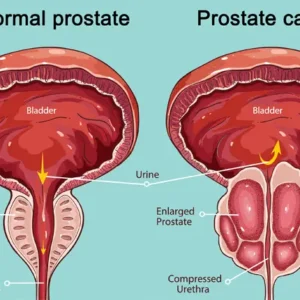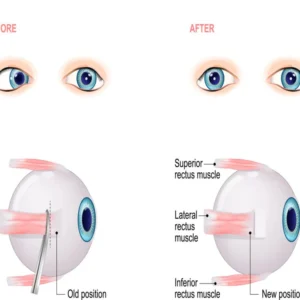Description
Familiarity with Treatment
Turbinate laser surgery, also known as laser turbinate reduction, is a surgical procedure that utilizes laser technology to reduce the size of the turbinates within the nasal cavity. This technique aims to alleviate nasal obstruction, improve nasal airflow, and relieve symptoms associated with chronic nasal congestion.
Procedure
The procedure for turbinate laser surgery typically involves the following key aspects:
- Anesthesia: The procedure may be performed under general or local anesthesia, depending on the patient’s specific needs and the extent of the treatment.
- Laser Application: A specialized laser device is used to target and reduce the size of the turbinates, promoting improved nasal airflow and reduced nasal congestion.
- Tissue Shrinkage: The procedure aims to shrink the turbinates without the need for extensive tissue removal, leading to improved breathing and reduced nasal obstruction.
Who is it Suitable For?
Turbinate laser surgery is suitable for individuals who experience chronic nasal obstruction, nasal congestion, and difficulty breathing through the nose due to enlarged turbinates. It is recommended for those who have not found relief from conservative treatments such as allergy medications, nasal sprays, or allergy shots.
Who is it Not Suitable For?
The procedure may not be suitable for individuals with certain medical conditions that increase surgical risks or those who are unable to undergo the necessary postoperative care. A thorough evaluation by a healthcare provider is necessary to determine the suitability of the procedure for each individual.
Advantages
- Improved Nasal Airflow: Turbinate laser surgery aims to alleviate nasal obstruction and congestion by reducing the size of the turbinates, leading to improved nasal breathing and reduced nasal congestion.
Complications
Complications of turbinate laser surgery may include postoperative bleeding, nasal crusting, pain, and the potential need for repeat procedures. Thorough preoperative assessment and surgical planning are essential for minimizing the risk of complications.
Preoperative Care
Preoperative care for turbinate laser surgery may involve discussions with the healthcare provider to determine the most appropriate anesthesia and to assess the patient’s overall health and medical history. Patients may also receive guidance on managing expectations and potential outcomes.
Postoperative Care
Following turbinate laser surgery, patients are typically provided with specific postoperative care instructions, which may include:
- Monitoring for Complications: Patients may need to be monitored for potential complications, such as postoperative bleeding, nasal crusting, or pain, and receive appropriate management as needed.
- Recovery Period: Most patients can return to their normal activities within a few days after the procedure, although complete recovery may take several weeks.
Turbinate laser surgery is a surgical procedure aimed at reducing the size of the turbinates and improving nasal airflow.





Reviews
There are no reviews yet.